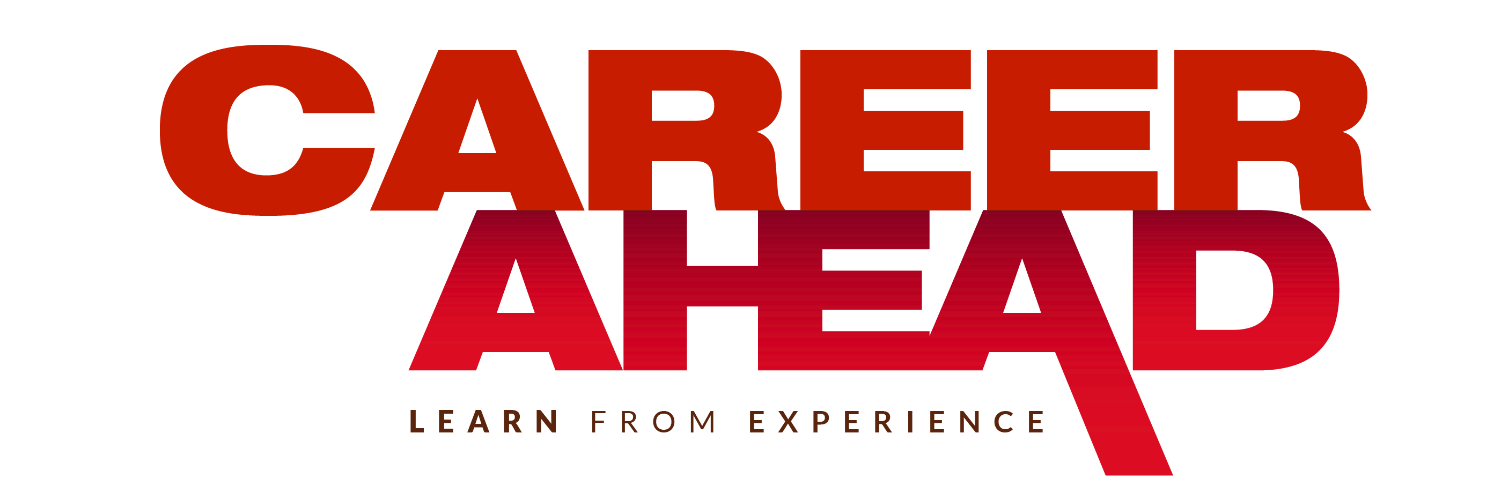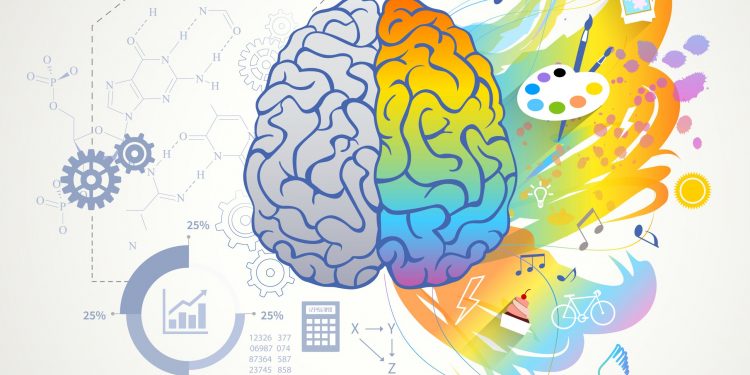No products in the cart.
The Goleman Mantra: Emotional intelligence ‘ups’ our potential in career and life
“What is required to handle a customer and/or resolve a conflict competently is emotional awareness, also empathy, and not just having the potential to become skilled at such competencies”
Daniel Goleman, PhD, noted psychologist and best-selling author, pioneered the concept of emotional intelligence (EI). This bids fair to his ground-breaking book, by the same name. It was followed by yet another landmark tome, Working with Emotional Intelligence. It set out a framework of EI that reflects how an individual’s potential for mastering the skills of self-awareness, self-management, social awareness, and relationship management — all part of EI — translates into on-the-job success. This, as may be obvious, is based on EI competencies that have also been identified in internal research in hundreds of corporations and organizations as being the epitome of distinctively outstanding performers.
This article focuses on EI as a theory of performance and presents a ‘fresh’ adaptation of that model. In so doing, it looks at the functional, or physiological, evidence underlying EI theory and distils appropriate references, or drivers, of workplace performance, including factors that distinguish the best from average individuals — the difference being of degree, not inequity.
Goleman defines emotional competence as “a learned capability, based on emotional intelligence, which results in outstanding performance at work.” To be skilled at a certain emotional competence like customer service, or conflict management, as Goleman observes, requires an underlying ability in EI fundamentals — viz., social awareness and relationship management. It is, however, imperative to note, that emotional competencies are learned abilities. This, despite the fact that social awareness, or skills, do not often guarantee success at managing relationships, with what one has mastered through additional learning. What is required to handle a customer and/or resolve a conflict competently is emotional awareness, also empathy, and not just having the potential to become skilled at such competencies.
What are emotional competencies but job skills that can, and must, be learned to do well at work? you may well attest. You are right. Also, an underlying EI ability is necessary, though not sufficient, to manifest competence in any one of the four EI domains, or clusters, that Goleman introduced to us. Consider, for instance, the intelligence quotient (IQ) corollary that a student may well have – excellent spatial abilities, and yet never learn geometry. So too can a person be highly empathetic, yet may not be good enough in handling customers, more so when they have not grasped the requisite competence in customer service.
So, there we are — emotional intelligence determines our potential for learning practical skills that highlight Goleman’s EI clusters. In like manner, our emotional competence divulges how much of that potential we have realized by learning and mastering appropriate skills and/or translating our emotional intelligence into academic achievements, or on-the-job capabilities.
Goleman identifies twenty-five emotional competencies that nestle in four EI clusters of general EI abilities. His model suggests that we cannot demonstrate the competencies of trustworthiness and conscientiousness without having the fundamental ability of self-management, or competencies of influence, communication, conflict management, and managing relationships.

The following presents the essentials of Goleman’s emotional competencies —
Self
- Personal competence
- Social competence
- Recognition
- Self-awareness
- Emotional self-awareness
- Accurate self-assessment
- Self-confidence
- Others.
Social Awareness
- Empathy
- Service orientation
- Organizational awareness.
Regulation/Self-Management
- Self-control
- Trustworthiness
- Conscientiousness
- Adaptability
- Achievement drive
- Initiative.
Relationship Management
- Developing others
- Influence
- Communication
- Conflict management
- Leadership
- Change catalyst
- Building bonds
- Teamwork and collaboration.
The outline is a refinement of the model Goleman used in his first book — Emotional Intelligence — to identify his famous domains of emotional intelligence.

Put simply, Goleman divides emotional intelligence into the following emotional clusters:
- The ability to identify and name one’s emotional states and understand the relationship between emotions, thought and action
- The capacity to manage one’s emotional states — to control emotions, or shift undesirable emotional states to more adequate elements
- The ability to enter into emotional states at will — associated with a drive to achieve and be successful
- The capacity to read, be sensitive to, and influence other people’s emotions, along with the ability to enter and sustain satisfactory interpersonal relationships.
Goleman’s innovative model encompasses of several statistical analyses on EI clusters — they transport us to the forefront of EI insights in every sphere of our activity and engagement. In addition, Goleman’s inventive analysis verifies that EI competencies not only reside within each El realm, but they also bring about a distinction between social awareness and relationship management clusters, to highlight one example, as being more than practical.
This is not all. The competence called innovation, for example, was reframed by Goleman into initiative; optimism was integrated with achievement drive; leveraging diversity and understanding others were combined to become empathy; organizational commitment was reshaped into leadership; and, the distinct competencies, that is, collective and team capabilities, became teamwork and collaboration. One may also think of political alertness, likewise, as organizational awareness, with emotional responsiveness being nothing short of emotional self-awareness.
The identities, as you will appreciate, are not just suggestive, but also self-explanatory. The best part is that Goleman’s EI competencies, when given the right focus and initiative, have it in them to make our potential thrive in academics, career, and also life, with more than a dash of amplified élan.











